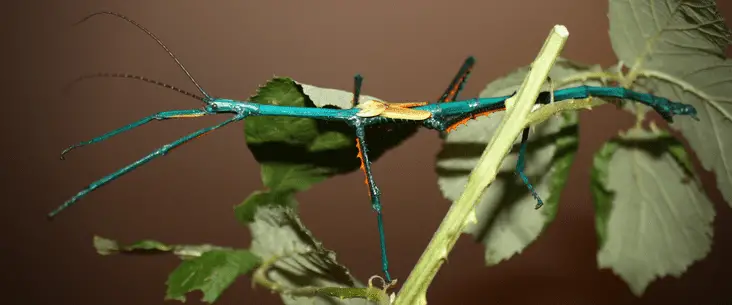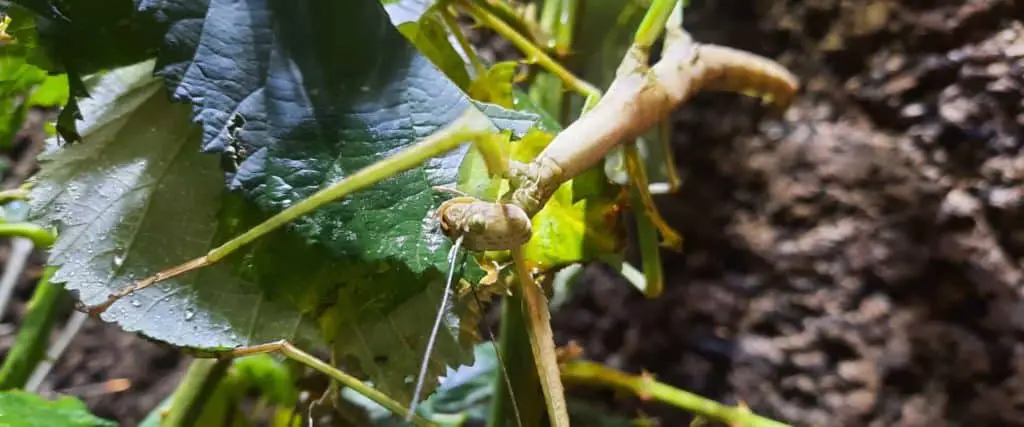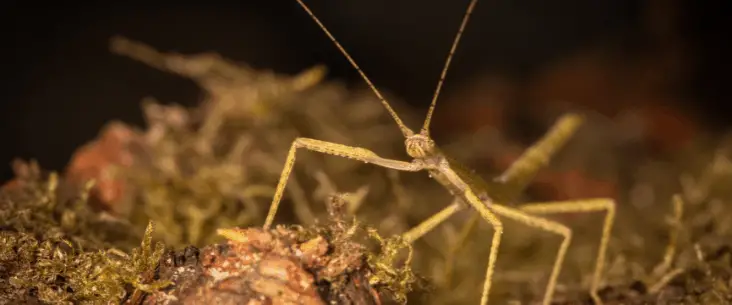Having trouble hatching your stick insect eggs. Sometimes you only have to be patient because stick insect eggs can take months or even a year before they hatch, depending on the species. However, there are some ways to increase the hatching success. That is the topic we discuss in this article.
To increase the hatching rate of stick insect eggs you need to provide a temperature between 25°C and 30°C, keep the humidity around 70%-85% and reduce disturbances. It is best is to place the eggs in a special hatchery container so better monitor and regulate climate conditions.
There are several things you need to know and can adjust to create the perfect condition for your stick insect eggs to hatch. By creating a special hatchery container you can provide the best care, and adjust the conditions to the need of your species.
New to keeping or breeding stick insects? There is a lot to learn and to know about keeping and breeding stick insects. Although there are some stick insect species that are quite easy and perfect for beginners, I recommend you to read the beginners guide about keeping and caring for stick insects.
If you like to read a more extensive guide about breeding stick insects, I encourage you to read the article I’ve written about breeding with your stick insects.
Help! My stick insect eggs do not hatch
It can happen that your stick insect eggs do not hatch, unfortunately. But before you immediately go into troubleshooting, first discover what may be the issue.
Be aware that the hatching times of stick insects eggs take a long time (especially compared to many other insects). It is quite normal that it takes between 4 and 6 months. That is between 120 and 180 days. So you have to be really patient. And some stick insect species take even longer, like Jungle Nymph stick insects for example.
It is good practice to write down the date when you have collected the eggs for incubation and calculate the date that they the first can start hatching. And even after that date, it can take two months before the first nymph will crawl out of its egg.
If it is more than two months after the latest calculated hatching date, you may assume it will not hatch anymore. It may be that the eggs are not fertile. Other causes that affect hatching are temperature, humidity, disturbance, vibration and lighting. Let’s look at different factors that affect hatching success.
Related read: Stick Insect Eggs: 17 Helpful Things To Know!
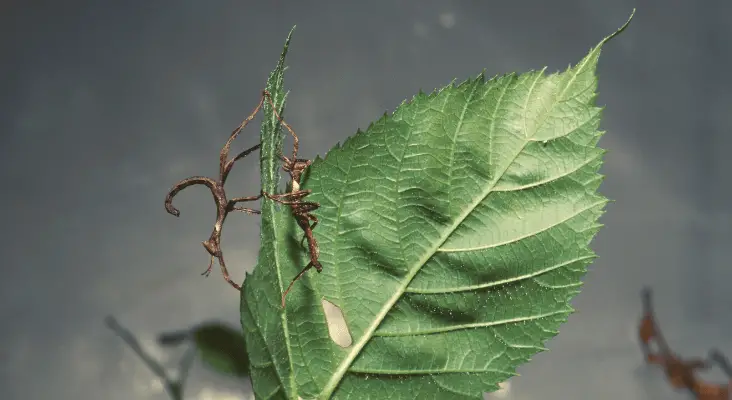
Increase stick insect eggs hatching success
There are several factors that affect the success rate of hatching stick insect eggs. In this section, we discuss how you can improve the conditions and therefore increase the hatching success. The things I talk about here are tips based on my own experience and what I’ve heard from other keepers. However, there are more ways or other ways to improve the hatching success.
To give your stick insect eggs the best chance of hatching, you need to maintain the correct environmental conditions. Best to do that is to make a hatchery.
Incubation setup
First, the setup or your incubation method can help your increase hatching success. For many species, you can let eggs hatch in the parents’ enclosure. However, it is more difficult to regulate the conditions for the eggs.
Therefore I recommend creating a hatchery — a special incubation container to hatch your eggs. You can use a container as simple as a plastic takeaway container (or something similar). As long as the container includes a lid.
Make sure the container has enough ventilation. With plastic boxes, you should drill small holes in it or make a larger hole and cover it with a fly screen. It is important to have proper ventilation. Without enough ventilation the air becomes stagnant and mould and bacteria will grow much quicker.
Place the eggs on some kind of substrate. Best to use a paper towel, a dishcloth, vermiculite or coconut fibre. This material — which we call incubation medium — helps with the humidity (more on that later) and provide a grip that helps the nymph crawl out of the egg.
You can find more about incubating setups in the breeding guide for stick insects that I’ve written. I encourage you to read it.
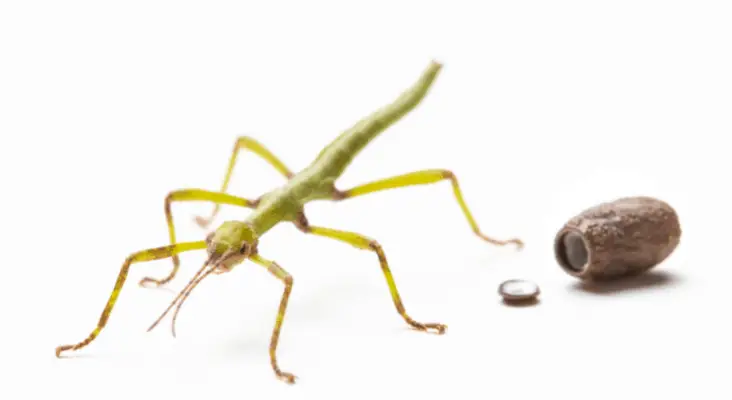
Temperature
Most stick insect eggs can best be maintained at a temperature between 25°C and 30°C (with temperatures dropping no lower than 20°C at night).
This means you probably need additional heating. There are several ways to heat the hatchery. The easiest way is to use a regular light bulb of around 35W that you hang above the container. Another way to heat the container is using a heating pad under or close to the container.
Avoid direct sunlight as a heating source. Direct sunlight can heat up a container to temperatures way too high. Compare it to your car that is parked in the sun. The temperature will quickly exceed the recommended 30°C.
Some keepers advise you to locate your hatchery close to something that already produces heat (like a refrigerator, computer van or TV). Although it works to heat up your hatchery, many of this furniture also create sound or vibrations that may be harmful to your eggs (see the section about disturbance).
Humidity
Keep the stick insect in a humid environment with 70% to 85% air humidity.
Humidity is really important. Many stick insects live in (semi-)tropical conditions with high air humidity. Our house generally has a much lower humidity (which is also bad for us, so it is recommended to use a humidifier to increase air humidity in your house).
Without proper humidity, the eggs will desiccate and embryos will die. Eggs can absorb moisture from its surrounding and is needed for the development of the embryo. Therefore you need to create a humid environment. The easiest way is to mist-spray the hatchery daily. However, it is important to spray the container sides and substrate, and not directly on the eggs. Between sprays, let the substrate dry up.
Don’t overspray so it gets wet and the substrate soak. Too moist (and warm) environments are perfect breeding grounds for mould and bacteria. Although the stick insects can handle a little mould (depending on the species though), too much mould is not good for your eggs or for you.
Humidity is also important at the moment the eggs hatch. If you keep them too dry the nymphs have trouble getting out of the egg. When they do not get out in time they may die.
Lighting
It is believed that light plays an important role in the development and hatching of stick insect eggs (probably except the eggs that are burrowed in the substrate). Normal daylight cycles can be beneficial to stick insects and I encourage you to provide some light in a certain way.
It is easy when you use a light bulb, which you can set on a timer. However, you can also use natural sunlight that indirectly (and not directly!) light up your hatchery.
Unfortunately, there is no scientific evidence what the role of light is on the development and hatching success of stick insect eggs.
Disturbance
Also, disturbances may have a negative impact on the development of stick insects. When vibration or vibrating sounds is continuously disturbing the egg may stress and harm the embryo.
I like to place the stick insect eggs in a quiet place without the disturbance of music, TV, or vibrating machines like washing machines. Although there is no scientific evidence for stick insect eggs, with reptile eggs it is known it can hold the development of the embryo when there is too much vibration and disturbance.
I recommend you to locate the hatchery in a place where you mostly come to check in how the eggs are and maybe mist-spray some water to increase the humidity.
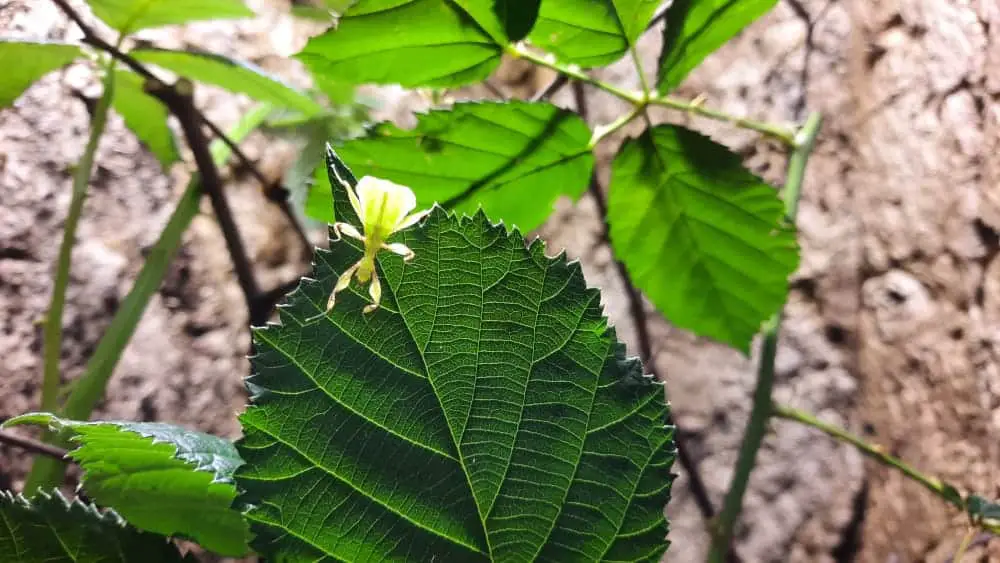
How to stop stick insect eggs from hatching
There may come a time that you don’t want your stick insects to hatch or reduce the hatching rate as a breeding control method. Now you know how to increase the hatching rate and create the best condition for incubating stick insect eggs, you can probably guess how to reduce the hatching.
The best way to reduce the hatching and slow down the incubation is by lowering the temperature. If you keep the stick insect eggs around 18°C-20°C (64°F-68°F) they take a longer time to develop and probably not all eggs will hatch. This way you can avoid having too many stick insects.
If you don’t really don’t want the stick insect eggs to hatch you need to freeze them or crush them. Do that as soon as you find them and the embryo is barely developed (this is the most humane way, unfortunately). Never throw eggs away without freezing or crushing, because they may hatch anyway and escape into the wild.
Much more to learn!
There is much more to learn about stick insects. For example, do stick insects need a substrate? You can find more articles about stick insects with plenty of practical tips to better understand and enjoy the keeping of stick insects as a pet.
Share this page!

